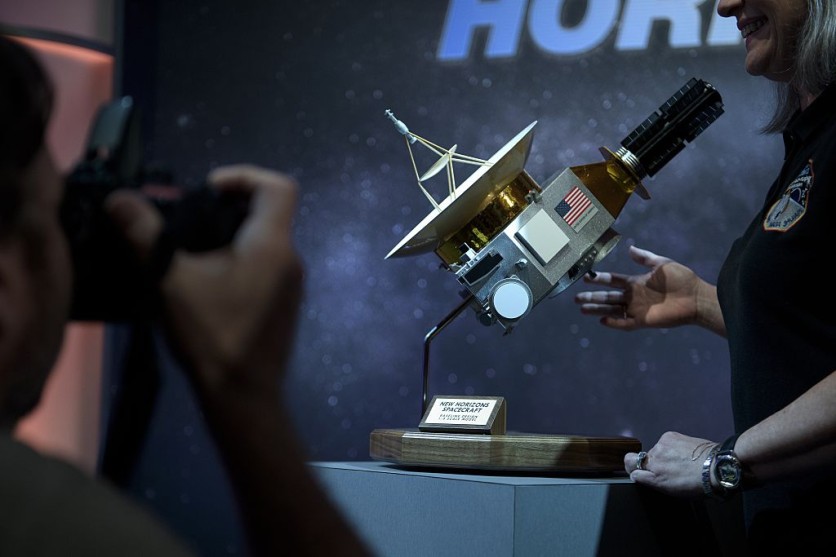NASA has unveiled an updated plan for its New Horizons mission, focusing on gathering crucial heliophysics data, starting in fiscal year 2025. This data can be collected during an extended period of low-activity operations.
While there are currently no identified reachable objects in the Kuiper Belt, this revised trajectory allows for the potential of a close flyby of such an object if one is discovered, according to NASA.
It also enables the spacecraft to conserve fuel and reduce operational complexity while the search for a compelling flyby candidate continues.

NASA New Horizons Mission Probing the Heliosphere
Nicola Fox, associate administrator for NASA's Science Mission Directorate, emphasized the unique position of the New Horizons mission in probing the heliosphere and offering valuable opportunities for multidisciplinary scientific research.
The decision has been made to extend the operations of New Horizons until it exits the Kuiper Belt, anticipated to occur between 2028 and 2029.
Funding for the extended mission will primarily come from NASA's Planetary Science Division, and oversight will be a collaborative effort between NASA's Heliophysics and Planetary Science Divisions.
NASA will conduct a thorough assessment of the financial implications of prolonging the New Horizons mission beyond its initial objectives. Initial measures will include reallocating resources within the New Frontiers program to support the extended operations.
Since its launch on January 18, 2006, NASA's New Horizons spacecraft has been instrumental in unraveling the enigmas of the outer realms of our solar system.
Its inaugural mission encompassed a historic encounter with the dwarf planet Pluto, followed by an expedition deeper into the Kuiper Belt for a close pass by the Arrokoth object. These endeavors have yielded invaluable insights into the formative stages of our solar system's evolution.
Psyche Asteroid Mission of NASA, SpaceX
In related news, NASA and SpaceX have set a new target launch date for the Psyche asteroid mission. The SpaceX Falcon Heavy rocket's liftoff is now scheduled for October 12 from Kennedy Space Center in Florida.
This adjustment allows NASA to complete verifications of parameters controlling the Psyche spacecraft's nitrogen cold gas thrusters. These thrusters play a crucial role in various aspects of the mission, from spacecraft orientation to managing momentum.
The Psyche mission is a groundbreaking journey to a giant metal-rich asteroid orbiting the sun between Mars and Jupiter. What sets asteroid Psyche apart is its apparent composition, believed to be the exposed nickel-iron core of an ancient planet, providing invaluable insights into the formation of celestial bodies in our solar system.
Related Article : NASA Ingenuity Helicopter Takes 54th Flight; Video From Perseverance Mars Rover Shared on National Aviation Day





